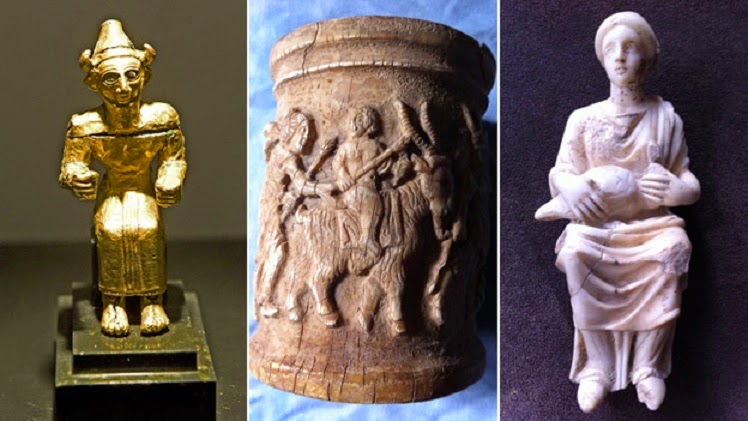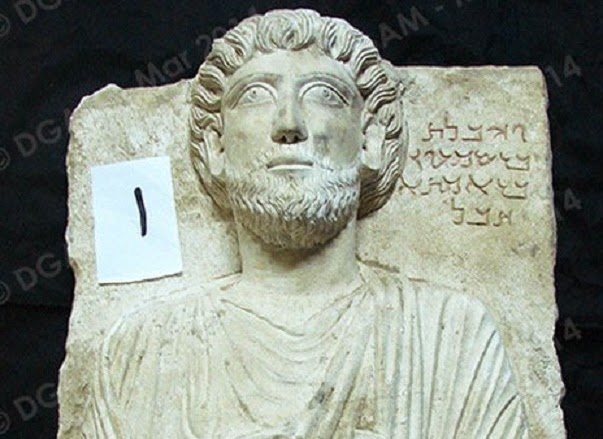Here is another post where I attempt to gather as much of the awesome Contemporary happenings into one place! As always, I know there are going to be things that I've missed, so if you've written anything about Contemporary YA at any point in November and you think I missed it, please let me know and I will add it to the post!
REVIEWS:
Candace @ Candace's Book Blog — Thirteen Reasons Why by Jay Asher, The Truth About Forever by Sarah Dessen and Boyfriends with Girlfriends by Alex Sanchez
Audrey @ Holes in My Brain — Graffiti Moon by Cath Crowley
The Book Faerie — Lola and the Boy Next Door by Stephanie Perkins
Young Readers — The Vincent Boys by Abbi Glines
Ashley @ The Bookish Brunette — The Vincent Boys by Abbi Glines
Giselle @ Xpresso Reads — June of Rock by Elisa Ludwig
Katie's Book Blog — Past Perfect by Lelia Sales
L.L. @ The Story Girl — Saving June by Hannah Harrington
Bonnie @ A Backwards Story — Rhymes with Cupid by Anna Humphrey and North of Beautiful by Justina Chen Headley
Jen @ Almost Grown Up — Lola and the Boy Next Door by Stephanie Perkins
Racquel @ The Book Barbies — Love Story by Jennifer Echols and Catching Jordan by Miranda Kenneally
Geianne @ We Fancy Books — Nick & Norah's Infinite Playlist by David Levithan & Rachel Cohn and Stolen by Lucy Christopher
Sarah @ The Hiding Spot — Saving June by Hannah Harrington,
Jenny @ The Mimosa Stimulant — Saving June by Hannah Harrington and Dancergirl by Carol Tanzman
Ginger @ Greads — Where Things Come Back by John Corey Whaley
Hannah @ Paperback Treasures — Lie by Caroline Bock
A Life Bound By Books — Every Me, Every You by David Levithan and Overprotected by Jennifer Laurens
Amanda @ Born Bookish — Memoirs of a Teenage Amnesiac by Gabrielle Zevin
Steph @ Steph: Short & Sweet — All That Matters by Youseph Tanha
Ali @ Ali's Bookshelf — Geek Girl by Cindy C. Bennett
Somer @ A Bird's Eye Review — Pretty Little Liars by Sara Shepard and the Perfect Chemistry Series by Simone Elkeles
Kate @ Literary Explorations — Twenty Boy Summer by Sarah Ockler, Past Perfect by Lelia Sales Stolen by Lucy Christopher and Saving June by Hannah Harrington
Lindsi @ Books, Sweets, and Other Treats — Anna and the French Kiss by Stephanie Perkins
Laura @ The Reading Nook — If I Tell by Janet Gurtler
Jess @ Jess Hearts Books — Wonder by R.J. Palacio
Ellie @ Curiosity Killed the Bookworm — Hidden by Miriam Halahmy
Jacinda @ The Reading Housewives — Friendship on Fire — Danielle Weiler (and a giveaway!) and I'm Not Her by Janet Gurtler
Kalia @ Reading the Best of the Best — Five Flavors of Dumb by Antony John, How to Save a Life by Sara Zarr, Love Story by Jennifer Echols, Secrets of My Hollywood Life (and it's sequel, On Location) by Jen Calonita
Evie @ Bookish — Playground by 50 Cent
Sarah @ Sarah's Books & Life — OyMG by Amy Fellner Dominy
A.J. @ Collections — The Disenchantments by Nina LaCour and Stolen by Lucy Christopher
Samual @ Books for All Seasons — The Education of Hailey Kendrick by Eileen Cook
The Book Muncher — Past Perfect by Lelia Sales, Tunnel Vision by Susan Shaw, Brother/Sister by Sean Olin and Going Underground by Susan Vaught
Farah & Juhina @ Maji Bookshelf — Only the Good Spy Young by Ally Carter (book 4 in a series) and The Vincent Boys by Abbi Glines
Emma @ Novel Minded — Dirty Little Secrets by C.J. Omololu, Every You, Every Me by David Levithan and If I Tell by Janet Gurtler
Cristina — The Princess of Story Land — How to Rock Braces and Glasses by Meg Haston
Liz @ Consumed by Books — Saving June by Hannah Harrington
Kelsey @ The Book Scout — Zitface by Emily Howse and Beauty Queens by Libba Bray
Meredith and Erin @ Mint Tea and a Good Book — I'm Not Her by Janet Gurtler and Paper Towns by John Green
Jen @ I Read Banned Books — Au Revoir Crazy European Chick by Joe Schrieber
Kristen @ Strawberry Splash Reviews — Brooklyn Burning by Steve Brezenoff
Nina @ We Adore Happy Endings — Bliss by Lauren Myracle and Reality Check by Jen Calonita
Annette @ Annette's Book Spot — Untraceable by S.R. Johannes
Dustin @ Dustin Disco — The Beginning of After by Jennifer Castle and I'll Be There by Holly Goldberg Sloan
AUTHORS:
Jacinda @ The Reading Housewives interviewed Danielle Weiler (with a giveaway!)
Katie @ Bookishly Yours interviewed Hannah Harrington (with a giveaway!)
Erika @ One a Day YA interviewed Miranda Kenneally
Jen @ I Read Banned Books interviewed Joe Schrieber
Alice @ Alice Marvels Interviewed Carol Tanzman
Hannah @ Paperback Treasure has a guest post from Hannah Harrington
Mary @ Anxirium has a guest post about swoon-worthy boys from Jillian Dodd
Ginger @ Greads! interviewed John Corey Whaley (with a giveaway!)
GIVEAWAYS:
Candace @ Candace's Book Blog is giving away a signed ARC of Virtuosity by Jessica Martinez
Lena @ Addicted to Novels is giving away two Romantic Contemps!
DISCUSSION:
Kristen @ Strawberry Splash Reviews talks YA Contemporary Books with Real Issues
Samual @ Books for all Seasons talks about Remembrances of Sisterhood in Contemp
Katelyn @ Katelyn's Book Blog Top 11 Swoon-worthy Boys
Jacinda @ The Reading Housewives Top 9 Swoon-worthy Boys
Mandie Baxter's Top Ten Swoon-worthy Boys
Kathy @ I Write, I Read, I Review Top Five Faves & Most Anticipated
Adam @ Roof Beam Reader Top Five Faves & Most Anticipated
Bonnie @ A Backwards Story Top Ten Anticipated Contemps
Ginger @ Greads! Top Ten Favorites
Kailia @ Reading the Best of the Best — What I Want To See More Of
Nikki @ Paper Dreams Top Ten Problem Novels
Kristen @ Strawberry Splash Reviews Top Ten Summer Contemporaries
Mary @ Anxirium Top Ten Cutest Couples
Ariel @ The Librarian's Bookshelf Top Ten Contemp I Need to Read
















